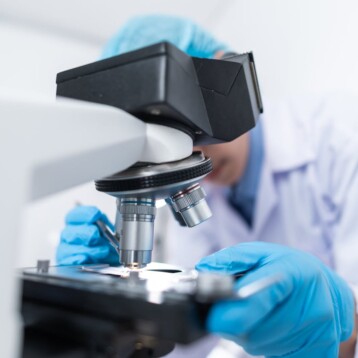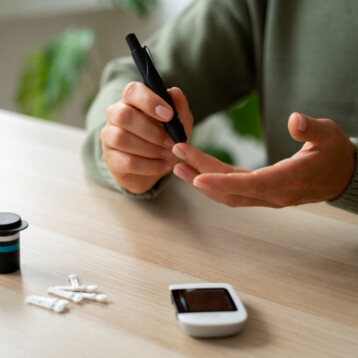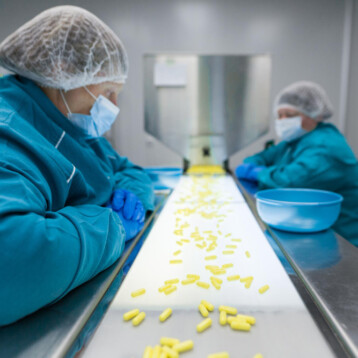Scientists from the Institute of Robotics and Intelligent Systems at ETH Zurich (IRIS) are developing tiny robot pills that will be swallowed and then perform surgical operations inside the body. These robot pills will be controlled from outside the body, which should make surgeries far less invasive, safer, faster, and more efficient.
 |
Zoltan Nagy (Credit: The Institute
of Robotics and Intelligent Systems) |
|
Seven years ago, pill shaped micro-cameras were first developed by the Israeli company Given Imaging and are now used successfully by physicians across the world to study the gastro-intestinal tract. However, these cameras are passive and do not effect their surroundings by releasing drugs or taking samples from areas that seem to require further investigation. For several years a European Union project called ARES (Assembling Reconfigurable Endoluminal Surgical System) is developing tiny robots with insect-like limbs that can be remotely controlled and will allow the robots to move around the stomach freely. Several research groups are exploring the use of such devices for gathering biopsy samples.
One of the most complex issues with this technology is the need to miniaturize the electronic systems. There is very little space for the entire system, including its power supply. In the existing micro cameras, the battery takes up around 60% of the pill’s volume. So if a “simple” camera requires such an amount of energy supply, what about a robot that has to perform micro-surgery? How can a robot that is required to be more than a passive observer be so small?
 |
An artificial stomach as a test
environment for the magnetic mechanism
of the stomach robots (Credit: ETH) |
|
Zoltan Nagy, a doctoral student at the Institute of Robotics and Intelligent Systems at ETH Zurich (IRIS) which is a part of ARES project suggests an ambitious solution – the patient will swallow several pills in a specific order. Each “robot pill” will be fitted with individual functions, such as the controller or forceps for tissue sampling. Together they will assemble a larger, more powerful system only when they reach the stomach – a bit like a Power Rangers super robot. Nagy developed a magnetic mechanism that controls the assembly process of the full scale robot in the stomach. The individual components are polarized at right angles to the surface, which enables them to arrange themselves in a predictable sequence when they form a whole.
Nagy ran tests on an artificial stomach model and has reached a 75% assembly success rate. There are challenges in moving a rigid chain of robotic components through the stomach and intestine. To reduce the difficulty of passage, Nagy has developed intermediate links that make the system more flexible and mobile. After these improvements, the surgical system will move as a whole through the stomach and intestine, like a multi-link chain. The magnetic field changes in a specific way each time two members of the robotic chain come together. These changes are measurable and a computer picking them up could decrypt the exact position and arrangement of the robotic chain, making the robotic assembly a well monitored process.
 |
A model of a self-assembling stomach
robot: a magnetic mechanism connects
three modules together via
intermediate linkages (ETH) |
|
However, several important issues must be solved before the robotic micro-surgeon dream becomes a reality. First of all, as aforementioned, there is still no efficient way to constantly supply energy to the robotic system. However, according to Nagy, this problem could soon be eliminated by using a combination of a battery and induction. Another major issue is biocompatibility – we wouldn’t want a patient to have a severe allergic reaction during surgery or sustain any tissue damage due to the robot’s operation inside the body. Finally, it is crucial for the system to also be capable of being dismantled into its individual parts at any time if complications occur.
If you wish to find out more on swallowing-the-surgeon, visit the ETH press
site.













